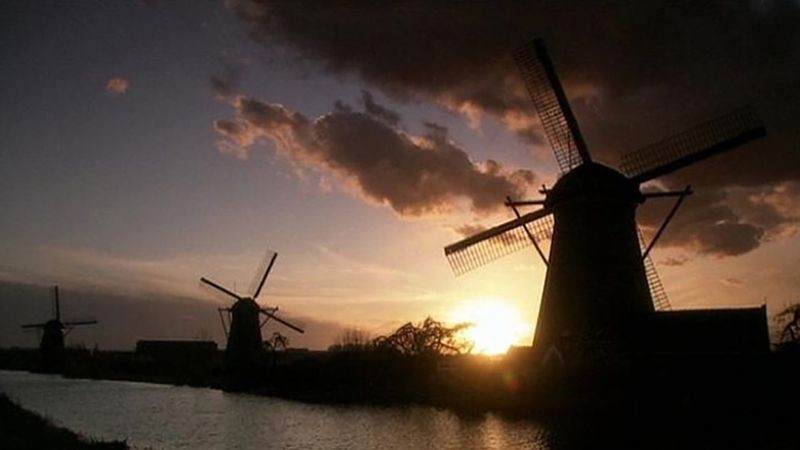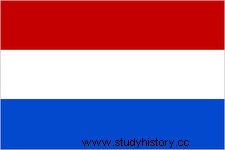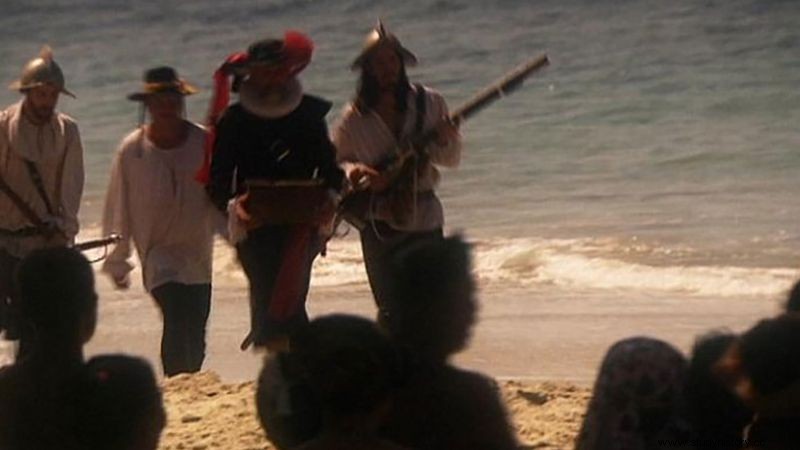
Dutch Republic , formal Republic of the United Netherlands , Dutch Republic of the United Netherlands , (1588-1795), state , whose area includes roughly that of the present kingdom the Netherlands and attained a position of world power in the 17th century. The Republic consisted of the seven provinces in the north of the Netherlands that gained independence from Spain from 1568 to 1609 Union of Utrecht (1579), intended to improve the military capabilities of its signers within the larger union of rebellious provinces. As the southern provinces (later Belgium and Luxembourg) were reconquered by Spain, the provinces bound by the Utrecht Pact became a new, independent state.
 Read more about this topic Netherlands:The Union of Utrecht ... The new state became the United Provinces of the Netherlands, or the for short Dutch Republic and their government called...
Read more about this topic Netherlands:The Union of Utrecht ... The new state became the United Provinces of the Netherlands, or the for short Dutch Republic and their government called... 
During the next two centuries, political control of the decentralized state alternated repeatedly between the province of Holland and the princes of Orange, which the office of stadtholder and represented a greater degree of centralization. However, this internal political stress did not prevent the rise of the Dutch Republic in the 17th century. In this "Golden Age" the Republic developed a world colonial empire disproportionate to its resources, played a notable role in the Coalition Wars against Louis XIV From France, emerged as a center of international finance and served as a notable cultural center.
The Republic declined in the 18th century. It was exhausted from its long land wars, its fleet was in a state of neglect, and its colonial empire stagnated and was eclipsed by that of England. In 1795 the republic collapsed under the influence of a Dutch democratic revolution and invasion by French armies.
